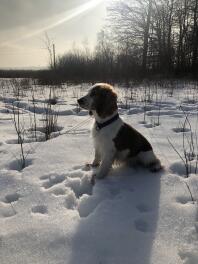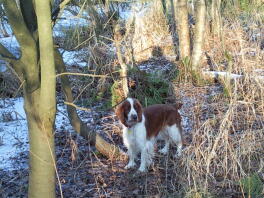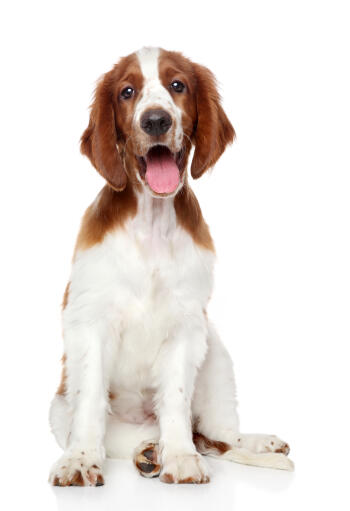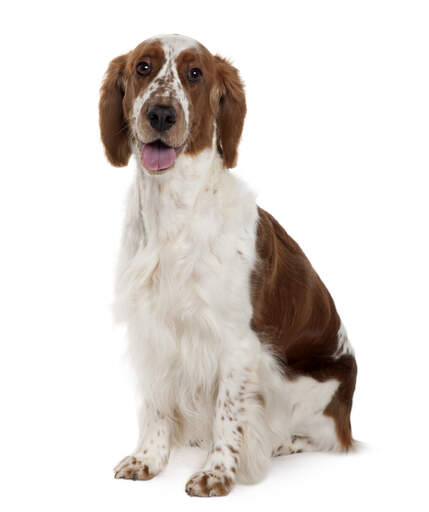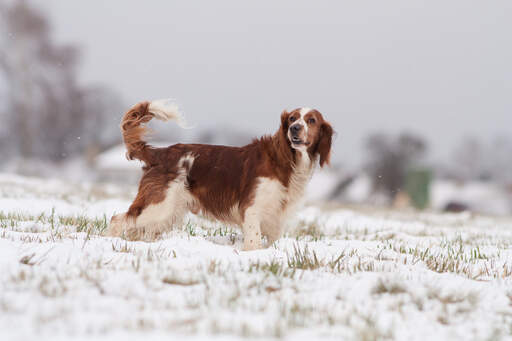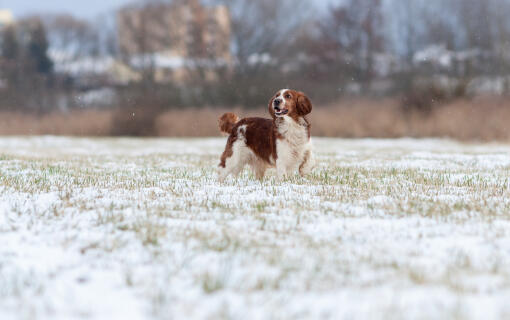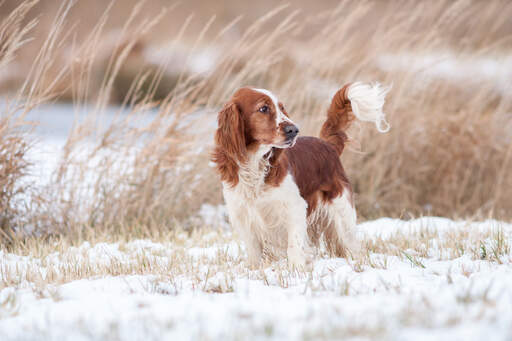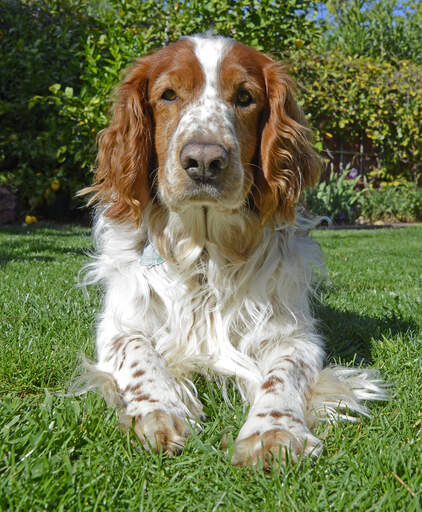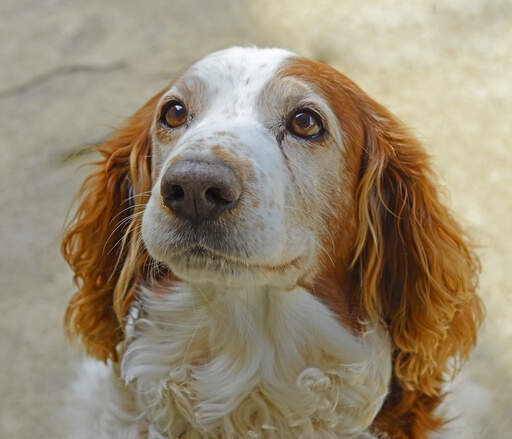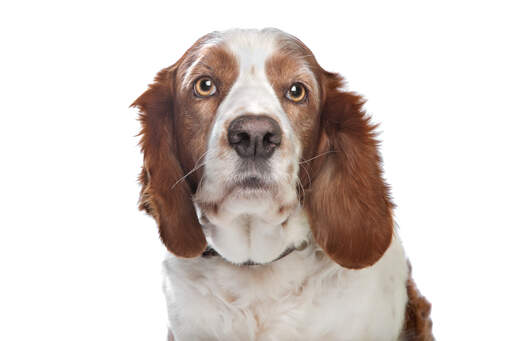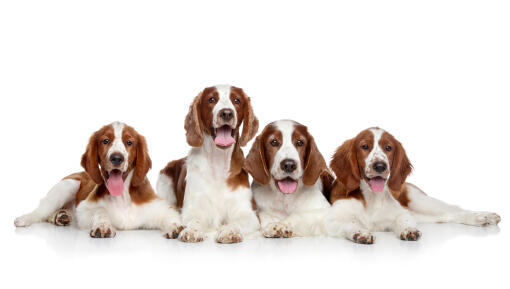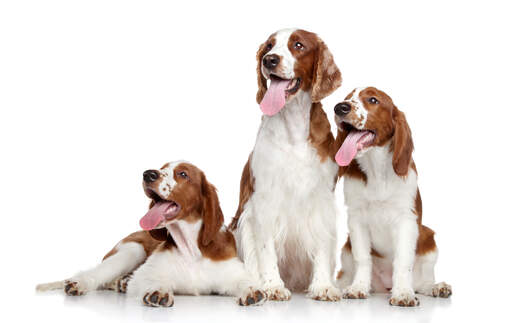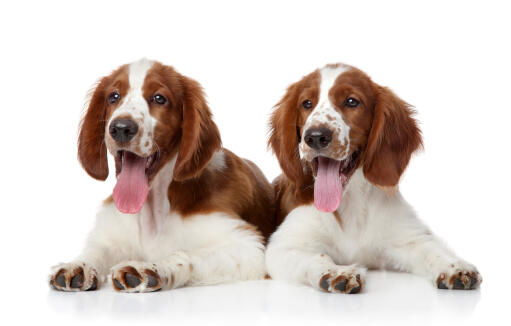Springer Spaniel (Welsh) Dogs











History
The Welsh Springer Spaniel, sometimes simply called the Welshie, dates back to the mid 1500’s. They were used as a hunting breed, capable of flushing out game for hunters using falcons to retrieve the quarry. The variety was split off from the more well known English Springer Spaniel in the 1800s. Originally Cockers and Springers were all simply called “Cocking dogs” and were born in the same litter until eventually they were split into separate breeds.
Behaviour
The Welshie is a friendly and affectionate breed, that makes an ideal pet for the more active family. Granted that they are given enough exercise, the Welshie will be calm and collected in the home. They get on well with children and other dogs. They can be shy and wary of strangers, so need proper socialisation from a young age and the chance to mix with different people experience different situations to prince a well-rounded dog. They are smaller than the English Springer and lack the hyperactive trait; they love to cuddle up next to you on the sofa/bed and have a need for human contact. They need to get used to being left alone for short periods from a young age, as they dislike being left for too long.
Training this breed needs to start early on. Pleasing you is what matters most to the Welshie and they will go to great lengths to do so, though each dog has its own needs and you need to find the perfect way of training yourself. Positive reinforcement and affection works well with them. Be sure to keep training fresh and new, as they will soon become bored of repetitive tasks. Boredom results in destructive behaviour, mainly chewing. A long walk before you leave the house for the day will be needed unless you want to come back to a chewed up chair leg. They can be stubborn at times, but because they are a greedy breed, food usually gets the best of them and they will do what you want for a snack.
Despite not being as energetic as their English counterparts, this is still an active breed that needs daily exercise to be truly happy. Long, regular walks will be needed. They have a love for water and it is said that they could find it in even the driest of deserts. They have a love for muddy puddles. Recall is one of the first things you will need to teach this breed, as they only seem to come back when it suits them. When they are working, Welshies will wander far and wide, but they always know where you are, even if you don’t know where they are.
Their smooth coats will need regular brushing to keep them looking good. They tend to pick up a lot of debris when out and about and brushing after a walk is advised if they are particularly messy. They will need occasional clipping, the feathers on their legs and tails will need extra care. Be sure to check their ears for grass seed to prevent problems.
Temperament
Welsh Springer Spaniels have an easygoing and devoted temperament. Less excitable than their English cousin the Welsh Springer is as devoted to family as they come. This does mean that they will dislike being left alone and thrive in your company. Happy to trot around you as they explore wherever you take them the Welsh Springers make excellent companions. They do tend to be reserved towards strangers although most will be fine with plenty of early socialisation.
Health Problems
With their floppy ears, these dogs can be prone to infections, especially if they have been in water. Canine Hip Dysplasia is quite common, as are epilepsy, elbow dysplasia, eye problems, epilepsy, heart disease and allergies.
Breed Details
- Status: Common
- Life Expectancy: 12 - 15 years
- Weight: 35 - 45 lbs
- Height: 16 - 19"
- Rare: No
- Coat: Medium
- Grooming Requirements: More than once per week
- Town or Country: Either
- Minimum Home Size: Small House
- Minimum Garden Size: Large Garden
- Breed Type: Gun Dog
- Size: Medium
- Energy Level: Medium
- Exercise Required: Over 2 hours
Springer Spaniel (Welsh) Pictures
